Héctor Corrales
Key Information Extraction in Purchase Documents using Deep Learning and Rule-based Corrections
Oct 07, 2022
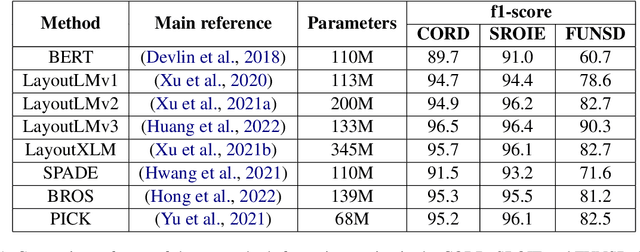


Abstract:Deep Learning (DL) is dominating the fields of Natural Language Processing (NLP) and Computer Vision (CV) in the recent times. However, DL commonly relies on the availability of large data annotations, so other alternative or complementary pattern-based techniques can help to improve results. In this paper, we build upon Key Information Extraction (KIE) in purchase documents using both DL and rule-based corrections. Our system initially trusts on Optical Character Recognition (OCR) and text understanding based on entity tagging to identify purchase facts of interest (e.g., product codes, descriptions, quantities, or prices). These facts are then linked to a same product group, which is recognized by means of line detection and some grouping heuristics. Once these DL approaches are processed, we contribute several mechanisms consisting of rule-based corrections for improving the baseline DL predictions. We prove the enhancements provided by these rule-based corrections over the baseline DL results in the presented experiments for purchase documents from public and NielsenIQ datasets.
WiFiNet: WiFi-based indoor localisation using CNNs
Apr 14, 2021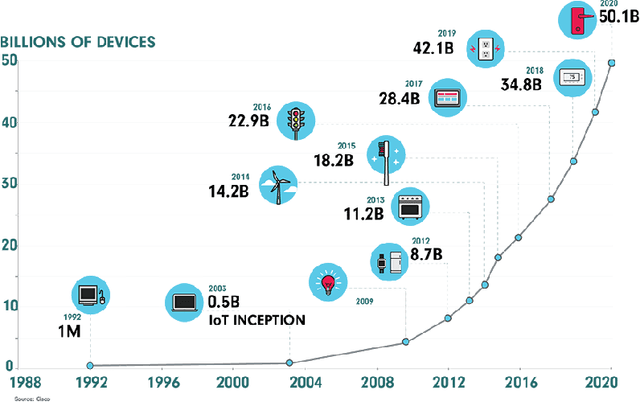
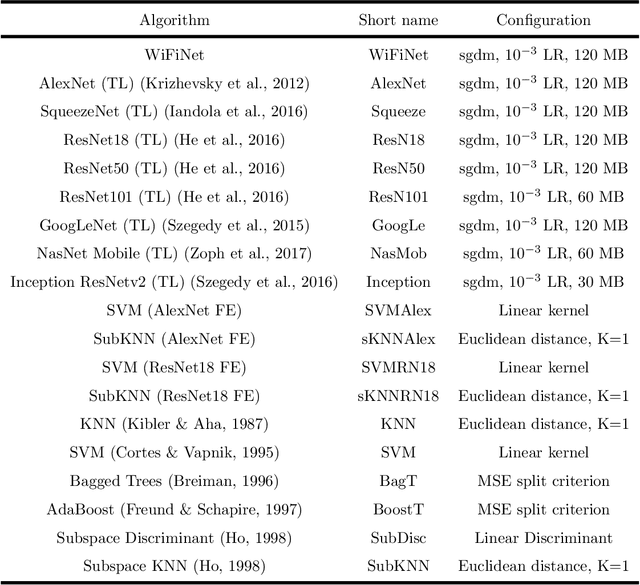
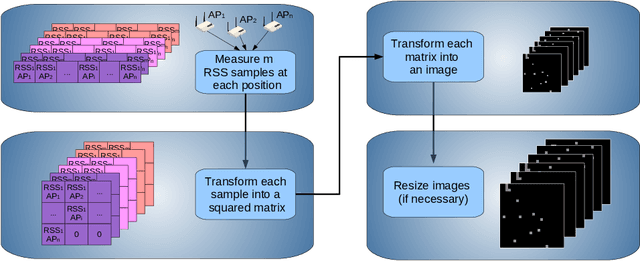
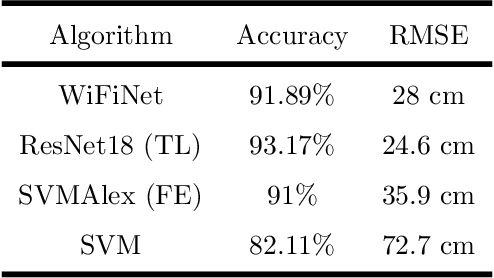
Abstract:Different technologies have been proposed to provide indoor localisation: magnetic field, bluetooth , WiFi, etc. Among them, WiFi is the one with the highest availability and highest accuracy. This fact allows for an ubiquitous accurate localisation available for almost any environment and any device. However, WiFi-based localisation is still an open problem. In this article, we propose a new WiFi-based indoor localisation system that takes advantage of the great ability of Convolutional Neural Networks in classification problems. Three different approaches were used to achieve this goal: a custom architecture called WiFiNet designed and trained specifically to solve this problem and the most popular pre-trained networks using both transfer learning and feature extraction. Results indicate that WiFiNet is as a great approach for indoor localisation in a medium-sized environment (30 positions and 113 access points) as it reduces the mean localisation error (33%) and the processing time when compared with state-of-the-art WiFi indoor localisation algorithms such as SVM.
 Add to Chrome
Add to Chrome Add to Firefox
Add to Firefox Add to Edge
Add to Edge